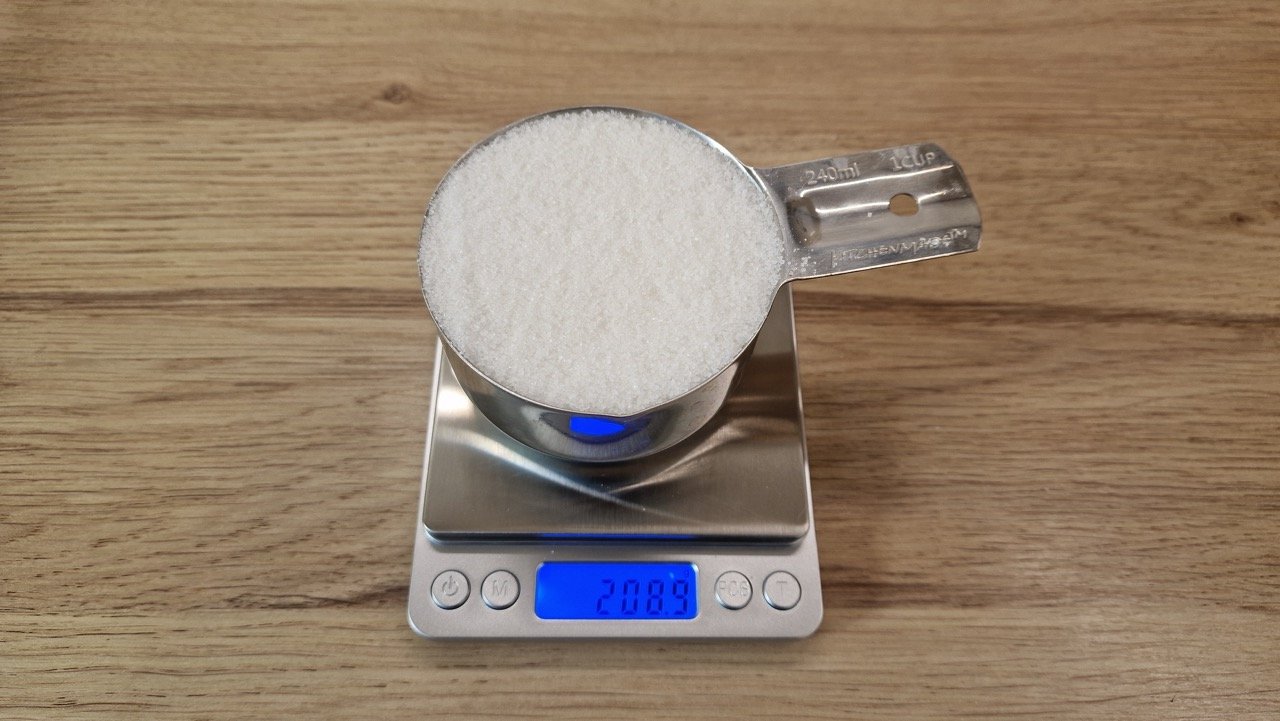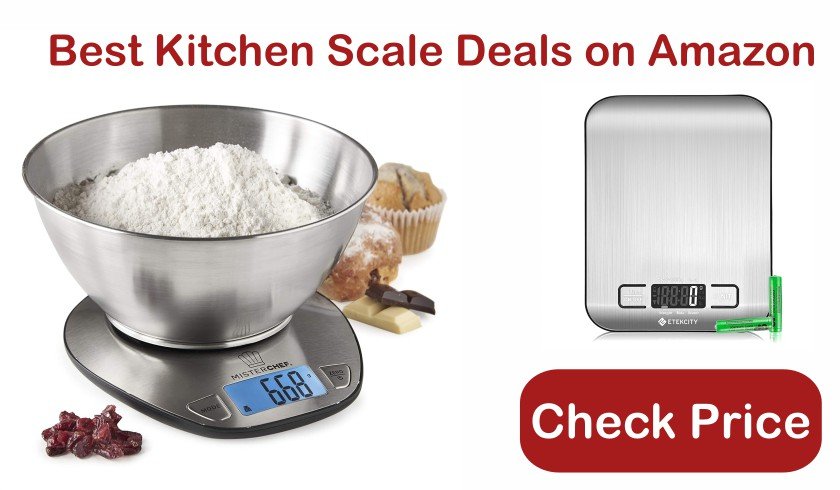There are only a handful of things about which you find general agreement on the internet. How much one cup of sugar weighs in grams used to be one of those. But maybe not anymore.
TLDR: One cup of sugar weighs about 209 grams. But keep on reading to find out how this contradicts to every information that you can find online.
The Background
Converting cups to grams and vice versa is something that modern home cooks do a lot. Some recipes use the imperial system, such as cups, while others use the more reliable and internationally accepted metric system, such as grams.
One of the easiest conversions used to be that of white sugar (table sugar, granulated sugar, or simply sugar). 200 grams per cup—easy to remember. You could even easily multiply every combination in your head.
And as I said, every website agreed on this conversion rate, so one would think that this is something set in stone. Something you should accept and never question.
It turns out, you should question every piece of information you find online, even the conversion rate of one cup of sugar to grams.
Our Measurement
When we launched this website, our mission was to publish verified conversion rates of as many cooking ingredients as possible. We measure everything at least five times, then calculate the average gram-per-cup ratio.
And granulated sugar was never even near to 200 grams. The smallest number we got was 207.3 grams per one cup of sugar, but we also measured 211.4 grams as the maximum value. Here are the pictures of our 5 measurements, with a mathematical average of 209.28 grams per cup for white sugar:
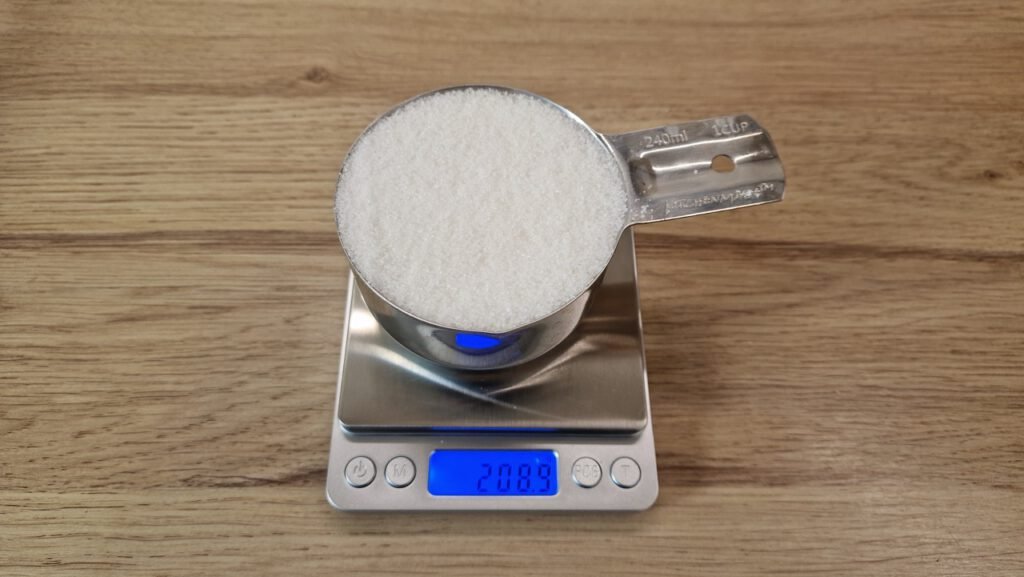
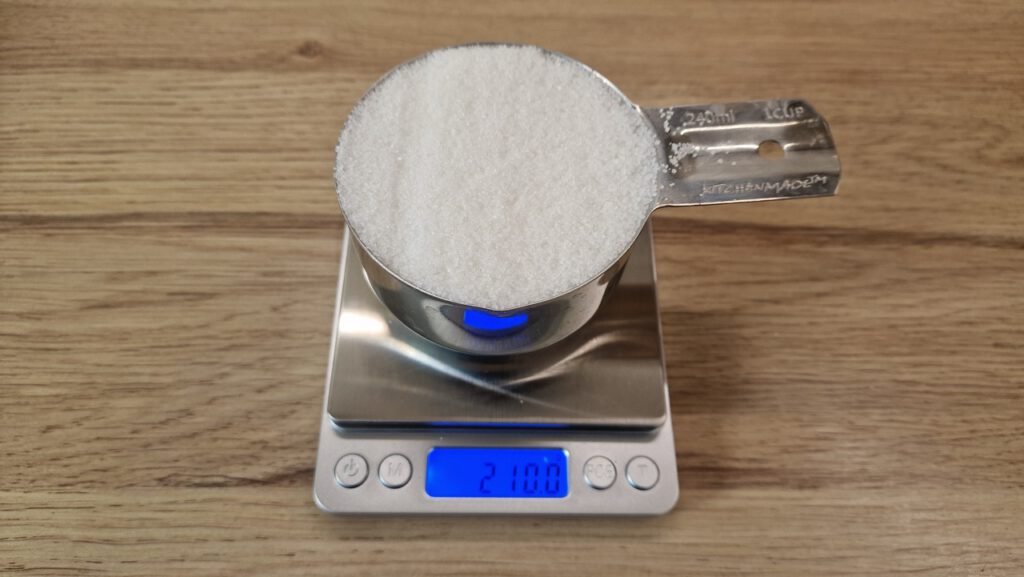
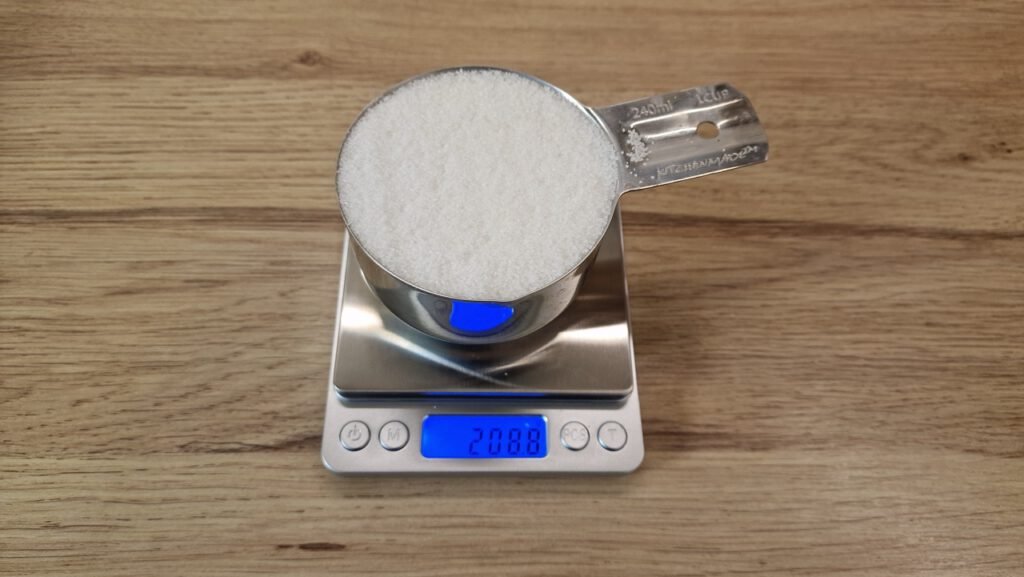

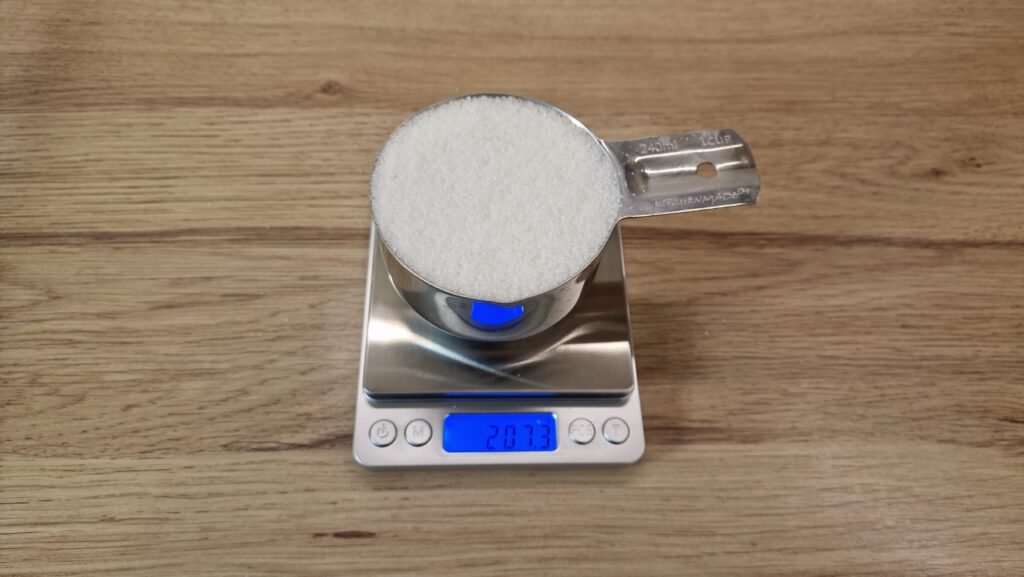
It’s up to you whether the 9 grams—the difference between our measurement and general online information—are significant for every 200 grams. But that’s an almost 5% difference, which I would say is at least considerable.
And just to clarify, we followed every possible guideline that you should when it comes to measuring ingredients. We used a standard 240 ml US cup, leveled the sugar with the straight back of a knife, and zeroed the scale with the measuring cup before measuring. We did not pack the sugar, just scooped it.
In fact, I guess we did it more “scientifically” than anyone measures sugar in their kitchen. So, I would say you can even find bigger discrepancies between each cup of sugar that you measure at home.
Why Using Measuring Cups Is Not a Reliable Technique
If this didn’t convince you so far, let me give you some reasons why you should never use measuring cups for sugar. Get and use a reliable kitchen scale instead.
- Every single measurement can lead to different results. In our case, there was a 4-gram difference (2%) between the lowest and the highest value from just five measurements.
- When measuring sugar at home, you can generate even more differences as people tend to be less accurate while cooking.
- Not every measuring cup is the same. Most US cups are 240 ml, but there are some with the customary 236 ml size, and don’t forget that cups in other parts of the world are often 250 ml.
- Kitchen measurement tools are not always calibrated perfectly; there might be a 1-2% difference in the measuring cup itself.
- There might be differences in the sugar, depending on the granule sizes, humidity, etc.
- It’s just much easier and more convenient to use a kitchen scale for measuring sugar, once you get used to it.
The Right Sugar Grams to Cups Ratio
As I mentioned above, the average of our controlled measurements was 209 grams per cup for white sugar.
Even if this wasn’t a laboratory experiment, just a home kitchen test, we are pretty sure that this number is closer to the real conversion rate than the so-far accepted 200 grams.
So on this website and in every one of our recipes, from now on, we will use 209 grams per cup as the conversion rate of white sugar.
